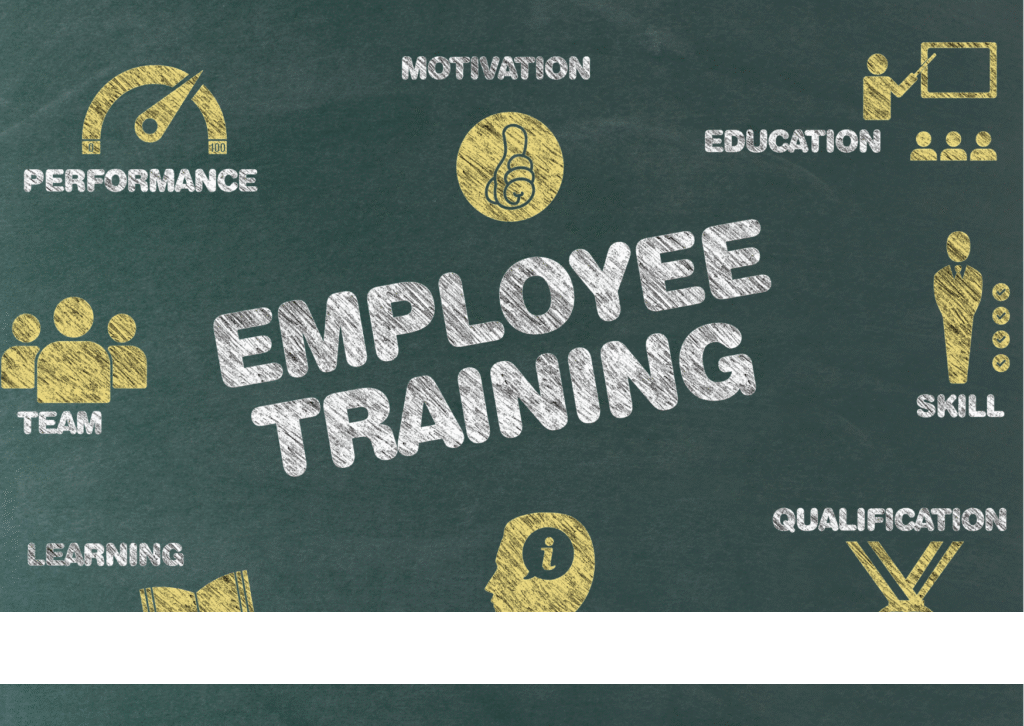
Integrating Job Role Expectations and Policies into Employee Training
Introduction
Imagine starting a new job where every expectation is clear and every policy is handed to you as a roadmap for success. That’s the power of a well-designed employee training program—one that goes far beyond the basics to ignite clarity and cultivate a sense of belonging. When organizations weave job role expectations and essential policies into training, they build a confident, accountable, and unified team. In this document, we’ll explore how to bring these crucial elements into training, making every onboarding and development session an inspiring launchpad for excellence.
The Power of Defining Job Role Expectations in Training

Setting Clear Performance Benchmarks
Training is your chance to light up the path ahead. By outlining job role expectations up front, you empower employees with answers to “What am I here to do?” and “How will I know I’m succeeding?” With clarity comes:
- Less guesswork: Employees can hit the ground running, knowing exactly what’s expected.
- More confidence: When the essentials are clear, people are ready to perform at their best.
- Valuable feedback: Managers can coach and encourage based on transparent benchmarks.
Promoting Accountability and Engagement
When people understand their roles, they take ownership and pride in their work. This drives energy, sparks initiative, and turns every team member into an engaged contributor.
Supporting Fair Evaluation
Laying out what success looks like from day one ensures performance reviews are straightforward and fair, making feedback more impactful and building trust between employees and leaders.
Policies: The Backbone of Training
Ensuring Compliance and Reducing Risk
Policies are more than just rules—they’re the guardrails that keep the workplace safe and ethical. Training that covers policies makes sure everyone knows:
- What laws and regulations matter in their role
- How to handle confidential information and sensitive data
- The right steps to take when something goes wrong
Building a Consistent and Inclusive Culture
Policies express an organization’s values, from embracing diversity to championing integrity. When policies are part of training, every employee knows they belong and understands how to contribute to a positive culture.
Minimizing Liability
By training employees on standards, anti-discrimination, and safety, organizations protect themselves and their people, reducing the risk of costly legal troubles down the road.
How to Embed Job Role Expectations and Policies in Training

Step 1: Job Analysis and Role Definition
Kick off by digging into each role—what does success look like, what skills and behaviors matter most? Team up with managers and current employees to craft job descriptions that truly reflect what matters.
Step 2: Policy Development and Customization
Some policies apply to everyone, while others need a personal touch. For example, security officers might need extra training on conflict resolution, while landscaping staff focus on equipment safety first.
Step 3: Designing the Training Content
Bring training to life by balancing learning and doing. Use:
- Role overviews that break down tasks and expectations
- Stories, case studies, and real scenarios to connect theory with daily work
- Quizzes, open discussions, and hands-on simulations to keep things interactive
- Handbooks and cheat sheets for quick reference
Step 4: Choose the Right Delivery Mix
Not all teams learn the same way. Combine:
- Face-to-face workshops that spark interaction
- Online courses for flexibility and self-paced learning
- Blended options for a bit of both
- On-the-job shadowing to turn theory into practice
Step 5: Reinforcement and Continuous Growth
Learning doesn’t end on day one. Schedule regular refreshers, update training when policies change, and create a welcoming space for questions and ongoing discussion.
Best Practices for Lasting Impact

Make It Personal
Ditch the cookie-cutter approach. Tailor training to each role and department, using relevant examples and real workplace situations. After spending over 35 years in both the corporate and private sectors, I can confidently assert that 95 percent of the training programs I’ve experienced were generally not tailored to the specific needs of individual departments. Instead, they provided only a broad overview. Unfortunately, this one-size-fits-all approach often overlooks crucial aspects of our job roles. As a result, many of us felt uncertain about our responsibilities in key areas and unclear about the company’s expectations. Personally, I didn’t feel that the training truly embraced my role or aimed to include me effectively.
Keep It Lively
Get people involved! Role-play, group dilemmas, and problem-solving exercises help content stick and make sessions memorable.
Ensure Easy Access
Make guides and training materials just a click away, creating a digital home for all things learning and policy-related.
Leadership Engagement
When leaders roll up their sleeves and join in, their commitment is contagious. Plus, their real-world stories help lessons land.
Listen and Improve
Gather feedback—formal and informal—from participants. Adjust and refresh training regularly to keep it relevant and effective.
Case Study: Bringing It All Together
Picture a busy retail company onboarding new customer service reps. Their training experience includes:
- A clear job description that spells out daily tasks and expectations
- Video stories showcasing great and poor service, sparking lively group conversations
- Policy sessions covering codes of conduct, anti-harassment, and complaint handling
- Fun quizzes and hands-on practice, with managers standing by for support
After three months, everyone circles back for a refresher: reviewing policy tweaks and sharing stories from the front lines. This ongoing approach keeps everyone sharp, confident, and in sync with company standards.
Measuring Success
How do you know training works? Track results with:
- Knowledge checks and quizzes along the way
- Observations and feedback during the first months
- Annual compliance reviews
- Anonymous surveys to gauge understanding and comfort levels
By monitoring these measures, you’ll spot strengths and gaps, tailoring training for even greater impact.
Conclusion
Making job role expectations and policies the heart of employee training pays dividends: skilled, confident teams; clear communication; and a strong, positive culture. With engaging examples, ongoing support, and a commitment to growth, your organization will be ready for any challenge—and every employee will feel set up to succeed, right from the start.
